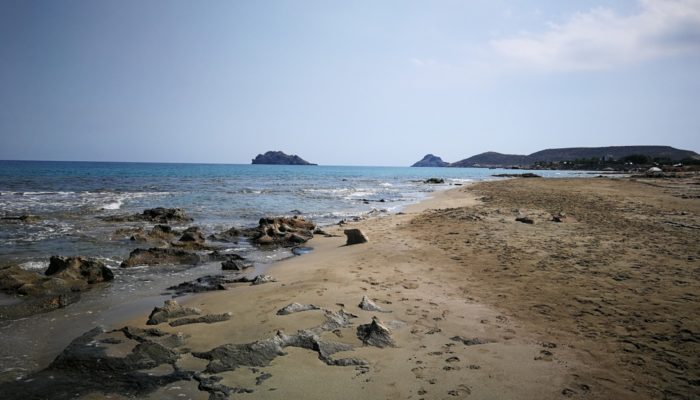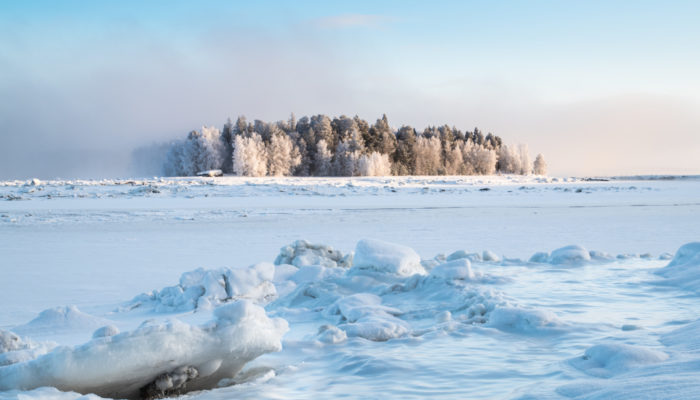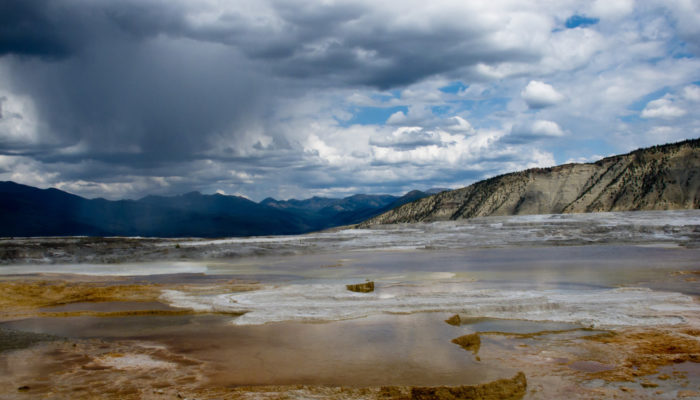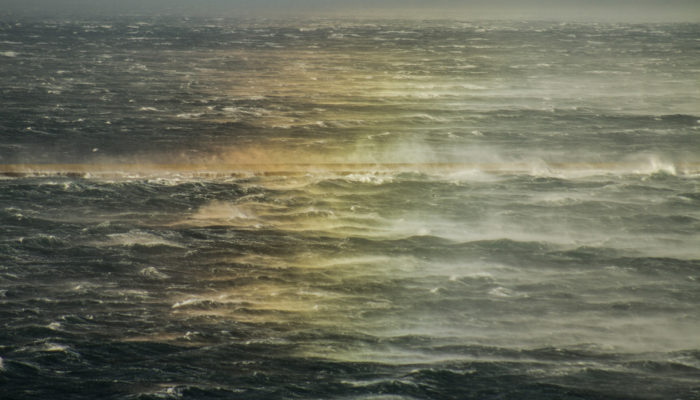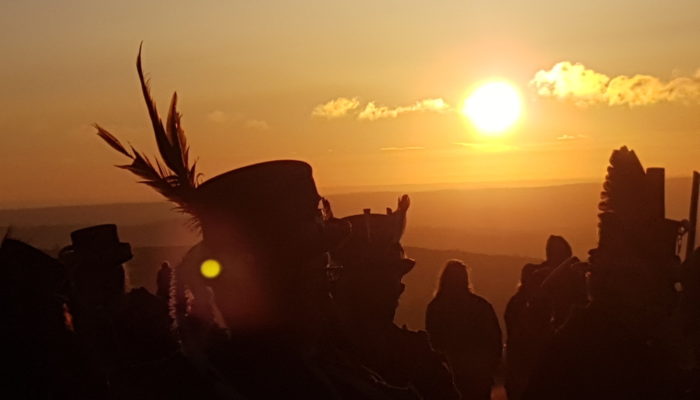The vEGU21 abstract submission deadline is tomorrow, here are a few more session highlights for you to consider submitting abstract to: BG4 – Marine and Aquatic Biogeosciences from paleo-environments to modern settings. With a focus on marine carbonate (bio)minerals as archives of environmental change, (Paleo-)environmental reconstructions from biomineralized carbonates: From the Precambrian to th ...[Read More]
vEGU21 Soils to forest ecosystems sessions in the spotlight
With the vEGU21 abstract submission deadline so close now, consider submitting to one of the sessions of BG3 – Terrestrial Biogeosciences: BG3 of the upcoming vEGU21 includes a wide range of soil-focused sessions, from Soils and Global Change (Co-organized by BG3.26/SSS12, co-convened by Abad Chabbi and Cornelia Rumpel) – with a focus on biogeochemical cycles, soil processes and feedback mec ...[Read More]
vEGU21 Sessions in the spotlight: Geomicrobiology, extreme environments on Earth and planetary analogs
As the deadline for vEGU21 abstract submission is getting closer, consider submitting your abstract to one of these two fascinating biogeochemistry-themed sessions of BG5 – Geomicrobiology, extreme environments on Earth and planetary analogs: With Early Earth: Dynamics, Geology, Chemistry and Life in the Archean Earth (Co-organized by GD1.4/AS4/BG5/CL1/GMPV3), Ria Fischer, Peter A. Cawood, Nichola ...[Read More]
vEGU21 BG2 – Methods in Biogeosciences: Stable isotopes & novel tracers
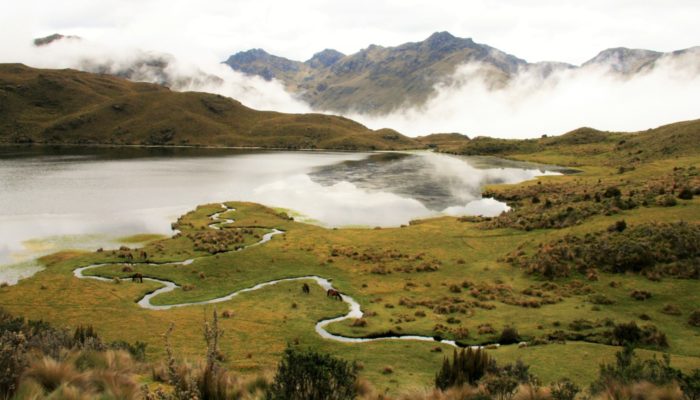
The deadline for vEGU21 abstract submission is getting closer and you are still wondering where to submit your abstract before January 13? Why not try one of the stable isotope sessions of BG2 – Methods in Biogeosciences: With Stable isotopes and novel tracers in biogeochemical and atmospheric research (Co-organized by BG2.2/AS4) Getachew Adnew, Jan Kaiser, Alexander Knohl and Lisa Wingate) call f ...[Read More]
vEGU21 BG sessions in the spotlight: deep time to recent past
The deadline for vEGU21 abstract submission is coming closer – here is the second blogpost where we highlight a few sessions across the five BG themes, today from the General Biogeosciences sessions pool and with a focus on deep time and the recent past. To foster a discussion of the reconstruction of ecological baselines and natural range of variability for a better understanding of the lon ...[Read More]
vEGU21 BG sessions in the spotlight: social geosciences, resilience and policy making
The deadline for vEGU21 abstract submission is coming closer – over the course of the next two weeks, we highlight sessions across the five BG themes, starting with General Biogeosciences sessions focused on social geosciences, community and earth resilience, health and urban systems and geoscience knowledge transfer to policy and society. With Social Geosciences: A New Paradigm to Character ...[Read More]
At the heart of biogeochemistry: pH change interpretation & open peer-review
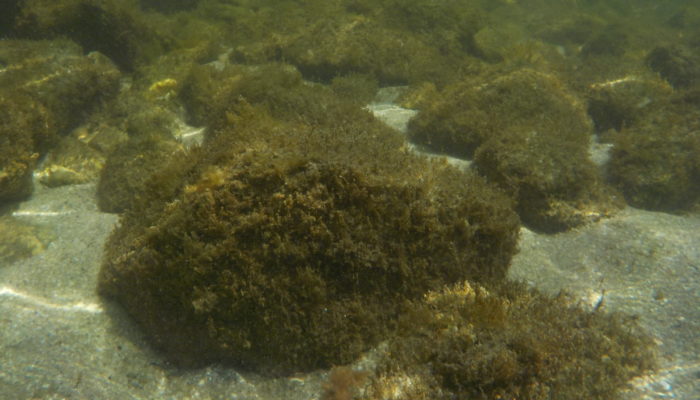
The utility of logarithmic scales is nothing new to scientists – yet, sound interpretation of pH changes when comparing settings with different initial pH can be challenging. This blogpost highlights a manuscript by Fassbender et al. [1] that was recently submitted to the journal BG and is currently under open peer review. The pH scale was first published by Søren Peter Lauritz Sørensen in 1909 [2 ...[Read More]
High-resolution biogeochemistry: Taking snapshots of past climate using mollusk shells
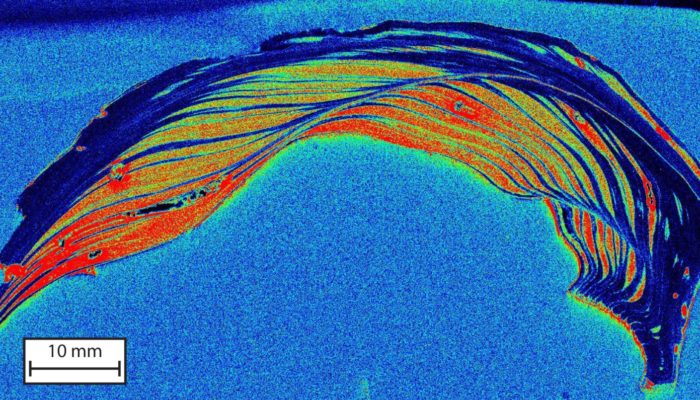
This is a solicited blogpost written by Niels de Winter. Now that the effects of rising anthropogenic CO2 emissions are starting to affect our everyday lives, accurate reconstructions of past climates become more and more relevant. These reconstructions help us to improve climate models used to project future global warming scenarios which in turn inform policy makers. The further we look back in ...[Read More]
Dating mineral phases in geological remnants of early life
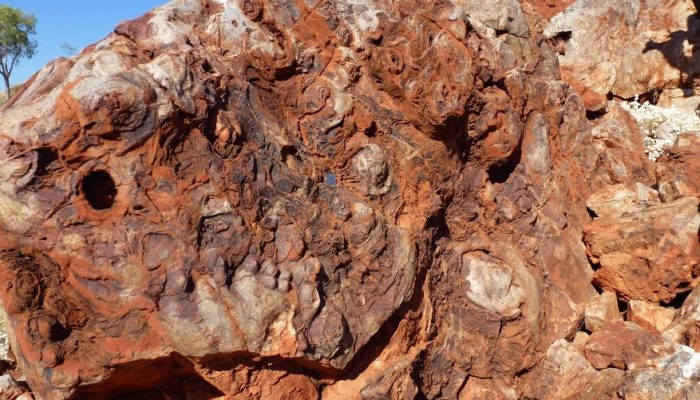
This is a solicited blogpost written by Sebastian Viehmann. The Mesoarchean Strelley Pool Formation in the Pilbara Craton (Western Australia) hosts one of the oldest geological remnants of life on Earth. These silicified stromatolitic carbonates show diverse morphologies and formed on a shallow marine carbonate platform 3.35 billion years ago (Ga; Figures 1 and 2). After a long-standing debate abo ...[Read More]
Phosphorus-cycle perturbations and environmental disturbances 380–360 million years ago
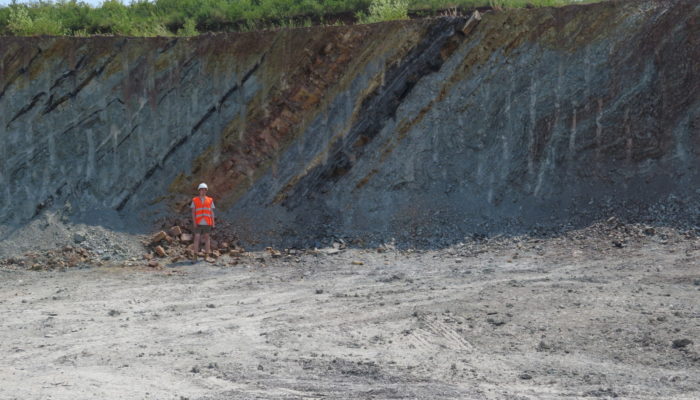
This is a solicited blogpost written by Lawrence Percival, who will also present his work on the Oceanic Anoxic Event 2 as part of session SSP2.1 of the upcoming EGU GA. The increasing concern regarding 21st climate change and environmental disturbance has led to a renewed focus on similar episodes of global crisis through Earth’s history. During the Late Devonian Period, 380–360 million ye ...[Read More]

